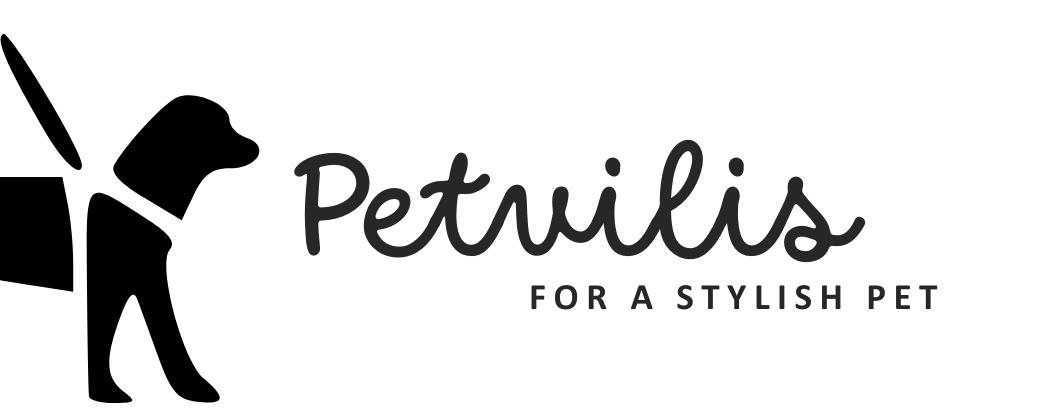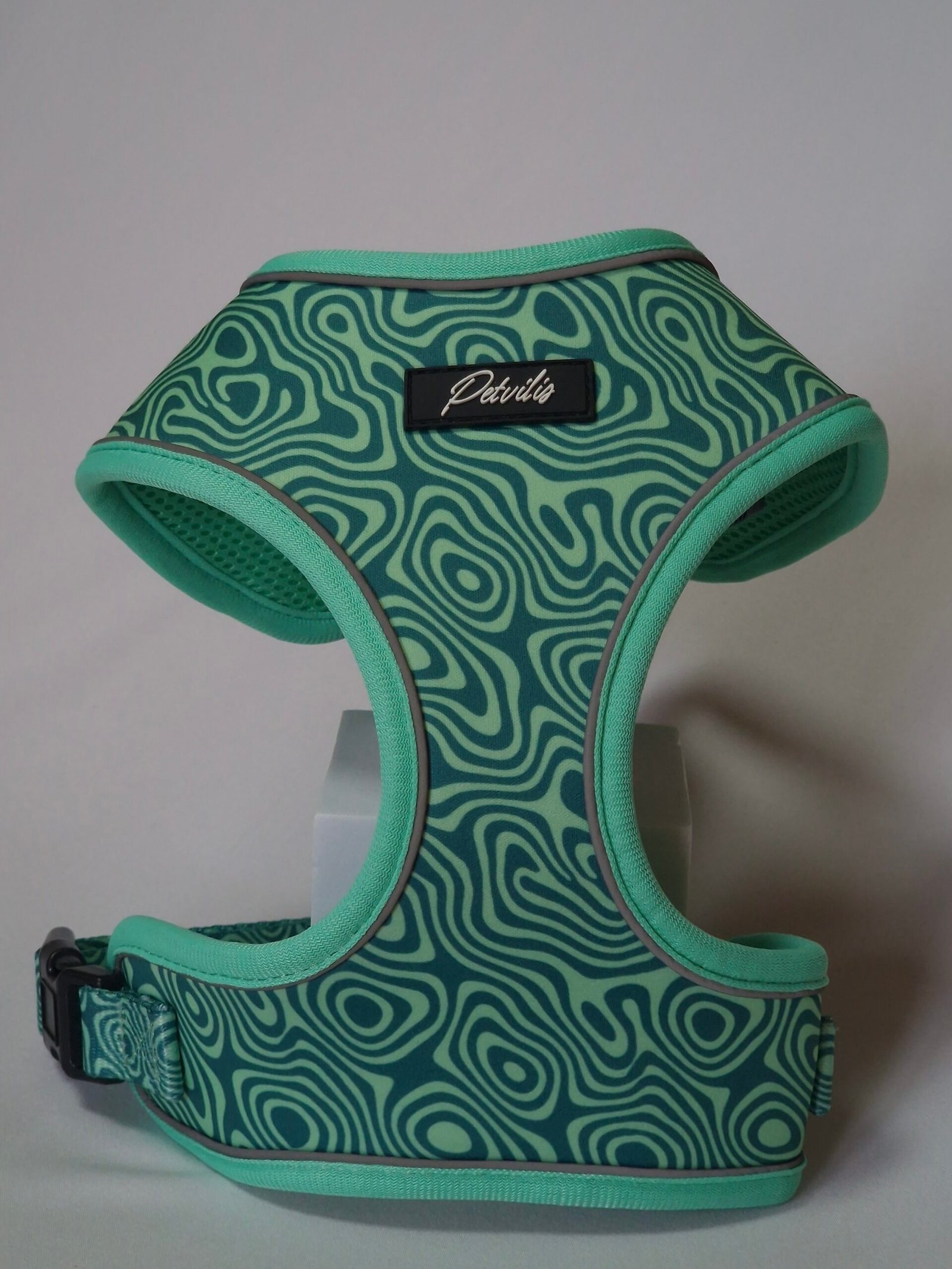Collar or Harness: Which Is Better for Your Dog?
Walking your dog is not only a necessity but also one of the most important daily rituals. It’s a great opportunity for your pet to satisfy physical and social needs, while for the owner – a way to strengthen the bond with their four-legged friend. However, before heading outside, many owners face the same question: what’s better – a collar or a harness?
Both options have their advantages and disadvantages, so the final choice depends on your dog’s size, temperament, health, and daily habits. In this article, we’ll look at when a collar is suitable, when a harness is better, and help you decide which option is right for your pet.
Collar – the classic choice
The collar is one of the oldest and most widely used ways to walk a dog. It’s placed around the neck and allows for a quick leash attachment.
Advantages of collars
- Simplicity and convenience – easy to put on and take off.
- Light to wear – many dogs wear collars all the time, even at home, without discomfort.
- Identification – you can attach a tag with the dog’s name and contact details, which is essential if the pet gets lost.
- Wide variety – available in countless designs, colors, and materials, making it easy to combine style and functionality.
Disadvantages of collars
- Neck pressure – if the dog pulls, pressure on the neck can cause discomfort or even injury.
- Not suitable for small or sensitive dogs – especially brachycephalic breeds (like pugs, French bulldogs) with breathing problems.
- Less control – compared to a harness, collars provide less ability to manage the dog’s movements.
Harness – a modern and safe solution
A harness is a set of straps placed around the body, distributing pressure evenly across the chest and back. In recent years, harnesses have become increasingly popular among professional trainers and everyday dog owners alike.
Advantages of harnesses
- Safety – reduces neck pressure, allowing the dog to breathe more freely.
- Even control – the force is spread across the chest and back, making it easier to manage energetic or large dogs.
- Great for puppies – helps guide movements and is often used in training.
- Lower risk of injury – prevents strong pressure on the trachea or neck.
- Variety of models – including sport, reflective, and travel harnesses with extra functions.
Disadvantages of harnesses
- Harder to put on – especially for restless dogs who don’t like being handled.
- Encourages pulling – some dogs feel freer in a harness and may pull more.
- Not always suitable – poorly fitted harnesses may rub under the armpits or restrict movement.
When to choose a collar?
A collar works best when:
- you have a calm, well-trained dog that doesn’t pull on the leash,
- your pet is medium or large, healthy, and without breathing issues,
- the dog spends time freely in the yard or indoors and the collar is mainly for holding an ID tag,
- you want a simple and stylish everyday option.
When is a harness better?
A harness is recommended when:
- you have a small, delicate, or brachycephalic breed (pug, French bulldog),
- your dog is very active and tends to pull,
- you want safer walks in urban or natural environments,
- your dog participates in sports (canicross, running, hiking),
- you need better control when training a puppy.
Tips for choosing a collar
- Material – leather is durable and stylish, nylon is lightweight and practical.
- Width – the wider the collar, the less pressure on the neck.
- Fastening – look for a sturdy buckle or a quick-release mechanism.
Tips for choosing a harness
- Size and adjustment – the harness should fit snugly but not restrict movement.
- Shape – “Y” shaped harnesses are often most comfortable and don’t block the shoulders.
- Extra features – reflectors, padding, or a front clip for no-pull training.
Collar or harness – or maybe both?
It’s important to understand that you don’t necessarily have to choose just one. Many owners successfully use both:
- a collar for everyday wear (with an ID tag and contacts),
- a harness for walks and travel.
This way, you ensure both comfort and safety for your dog.
Conclusion
There is no single “right” answer to the question collar or harness? Everything depends on your dog’s needs, health, personality, and lifestyle.
- If your dog is calm and doesn’t cause trouble during walks – a quality collar is enough.
- If your dog is energetic, pulls on the leash, or has breathing problems – a harness is the safer choice.
- The best solution is often to have both options and use them according to the situation.
Take care of your four-legged friend’s comfort and health – with the right collar or harness, walks will be more enjoyable and stress-free for both of you.



